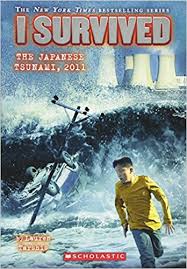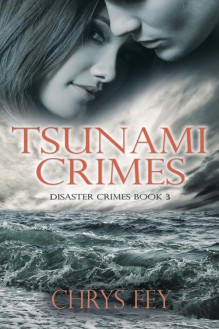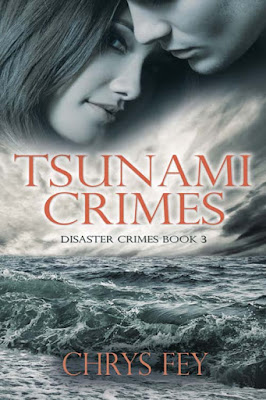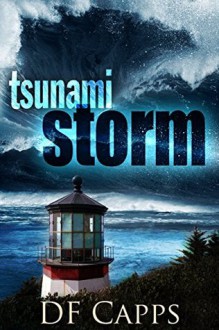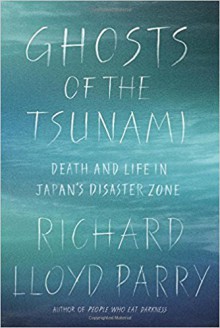
I visited Japan in 1990, 1994, and 1998 for business. Each time I went, I had a greater appreciation and interest in the people and the culture. I suspect this went a long way into my interests in the catastrophe that killed an estimated 20,000 Japanese people on March 11, 2011, when the fourth largest earthquake ever recorded exploded off the coast of northeast Japan in the Tohoku region. Millions felt the quake, but the initial damage and casualties were remarkably light in this coastal area. The tsunami arrived about 45-50 minutes later.
I've seen the videos. Imagine the ocean inexplicably swelling and growing, reaching heights of over 120 feet in some remote coastal villages. Imagine fleeing to the nearby hills, watching your entire town and potentially thousands of people being swallowed up and swept away by an unforgiving, black, incompressible wave of liquid death. This book focuses in on the village of Kamaya, located near the mouth of the Kitakami River where it empties into the Pacific northeast of Ishinomaki.
A group of children and teachers at Okawa Elementary School in Kamaya felt the earthquake that day. Per protocol, the kids and teachers exited the building and dutifully lined up neatly in the school courtyard. They heard the tsunami warnings. What followed was confusion and a lack of urgency and correct decision making that proved lethal. The doomed group left the courtyard for what they thought was "higher ground" somewhat closer to the river. After the tsunami arrived, only 4 kids and 1 adult survived by actually running to a nearby hill.
Richard Lloyd Parry has detailed the actions and decisions of several families involved in this tragedy, from before to during and after the quake and the tsunami. He vividly and accurately describes the horror they experienced and the gut-wrenching aftermath of searching for their lost children, as well as their journey to find the truth of what actually happened that day at Okawa Elementary School. Parry also layers the book, to me at least, with an underlying sense of dread that this is but one of thousands of stories that occurred on that day when the seas swallowed the northeast coast of Japan, but for some reason this story seems to stand out among the tragedies.
In closing, this book is not for everyone...it is dark. But if you really want to get a sense of what some of the people of Japan went through during and after this geological event, I highly recommend this. My only criticism is Parry closed the book with spiritual comments of people being possessed by the "ghosts" of this event. This seemed a bit out of place for this book.

 Log in with Facebook
Log in with Facebook 

